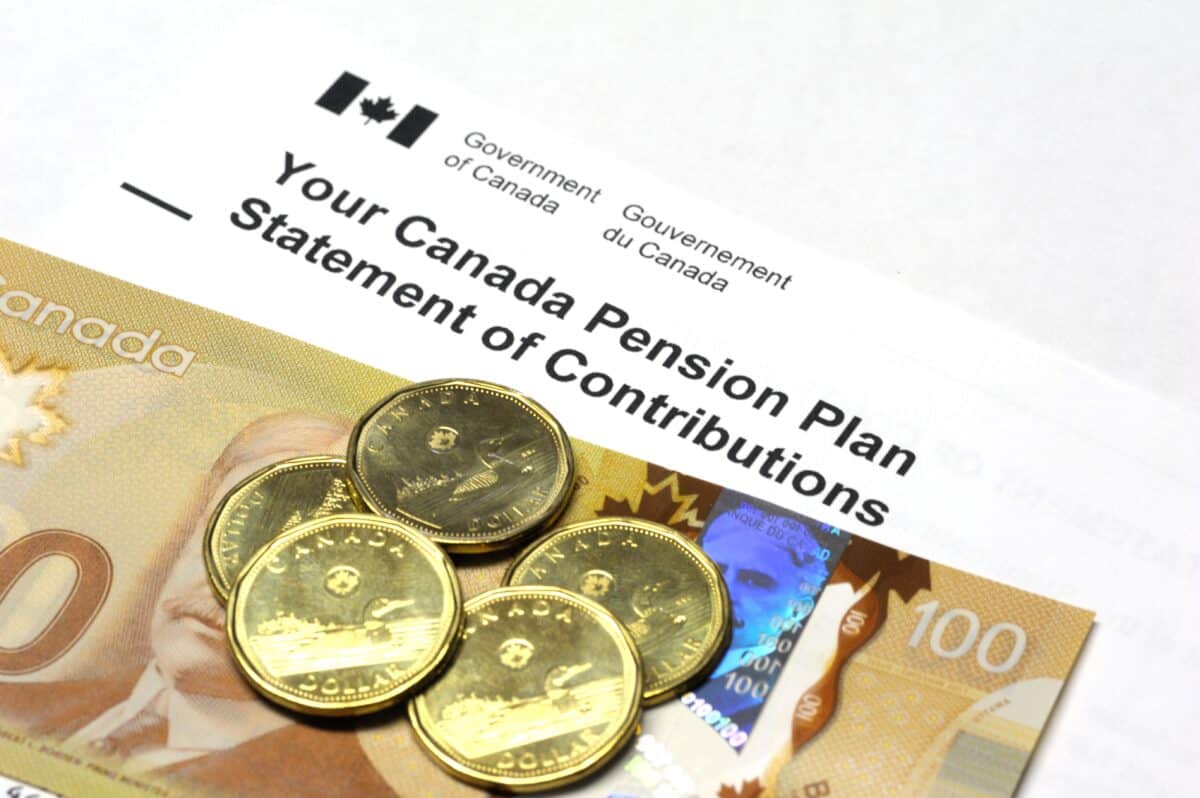Bussiness
Want the $1,937.73 Maximum CPP Benefit? Here’s the Salary You Need

Did you know that the CPP, or Canada Pension Plan, can pay retirees up to $1,937 per month in 2024? According to the Canada.ca website, the maximum monthly CPP payment for a 65-year-old starting the pension in 2024 is $1,364.60. However, you can earn an additional 8.4% for every year the pension is delayed. So, if a 65-year-old delays the pension by five years, the maximum CPP benefit should increase by 42% to $1,937.73.
The CPP payout depends on factors such as your income during employment, the contributions toward the pension account, and the number of years of contributions. Generally, CPP premiums are taken from your monthly pay cheque up to a certain amount known as maximum pensionable earnings.
What is the maximum pensionable earnings threshold in 2024?
The maximum pension earnings threshold increases every year and stands at $68,500 in 2024, up from $66,600 in 2023 and $47,200 in 2010. This means that CPP premiums are deducted up to this threshold and not beyond it. So, anyone earning below $68,500 annually pays lower premiums and will hence receive a lower CPP amount in retirement.
The employee and employer CPP contribution rate has increased to 5.95% in 2024, up from 4.95% in 2010. For self-employed individuals, the maximum contribution rate will double to 11.9%. So, in 2024, the maximum CPP contribution by an employed individual is $3,867.50 (5% of $68,500).
It’s evident that individuals should earn above (or equal to) the maximum pensionable earnings threshold to be eligible for the maximum CPP payment. However, even if you earn the maximum CPP amount, it may not be enough to lead a comfortable life in retirement.
Supplement your CPP payout with dividend stocks
One low-cost way to supplement the CPP is to hold a basket of blue-chip dividend-growth stocks that thrive across business cycles. Ideally, a dividend-paying company should be positioned to increase its earnings and cash flow every year, which should translate to consistent dividend hikes and capital gains.
One such TSX dividend stock is Royal Bank of Canada (TSX:RY). In the last 20 years, RBC stock has returned 990% to shareholders after adjusting for dividends. Despite its market-thumping gains, RBC stock offers you a tasty dividend yield of 3.8%, given its annual dividend of $5.68 per share.
A payout ratio of less than 60% provides RBC with the flexibility to strengthen its balance sheet and increase dividends further. Since July 2004, the Royal Bank of Canada has raised dividends by 8.7% annually, which is exceptional for a cyclical bank stock.
Unlike its peers south of the border, RBC maintained its dividends even during the financial crash in 2008-09. As Canadian banks are comparatively more conservative, they are better equipped to handle economic downturns with relative ease.
Priced at 13 times forward earnings, RBC stock is quite cheap, given that interest rates should move lower in the next 12 months, improving the lending environment and profit margins for TSX banks.
RBC is just an example of a quality TSX dividend stock. You should identify other fundamentally strong companies and diversify your portfolio further.


)






